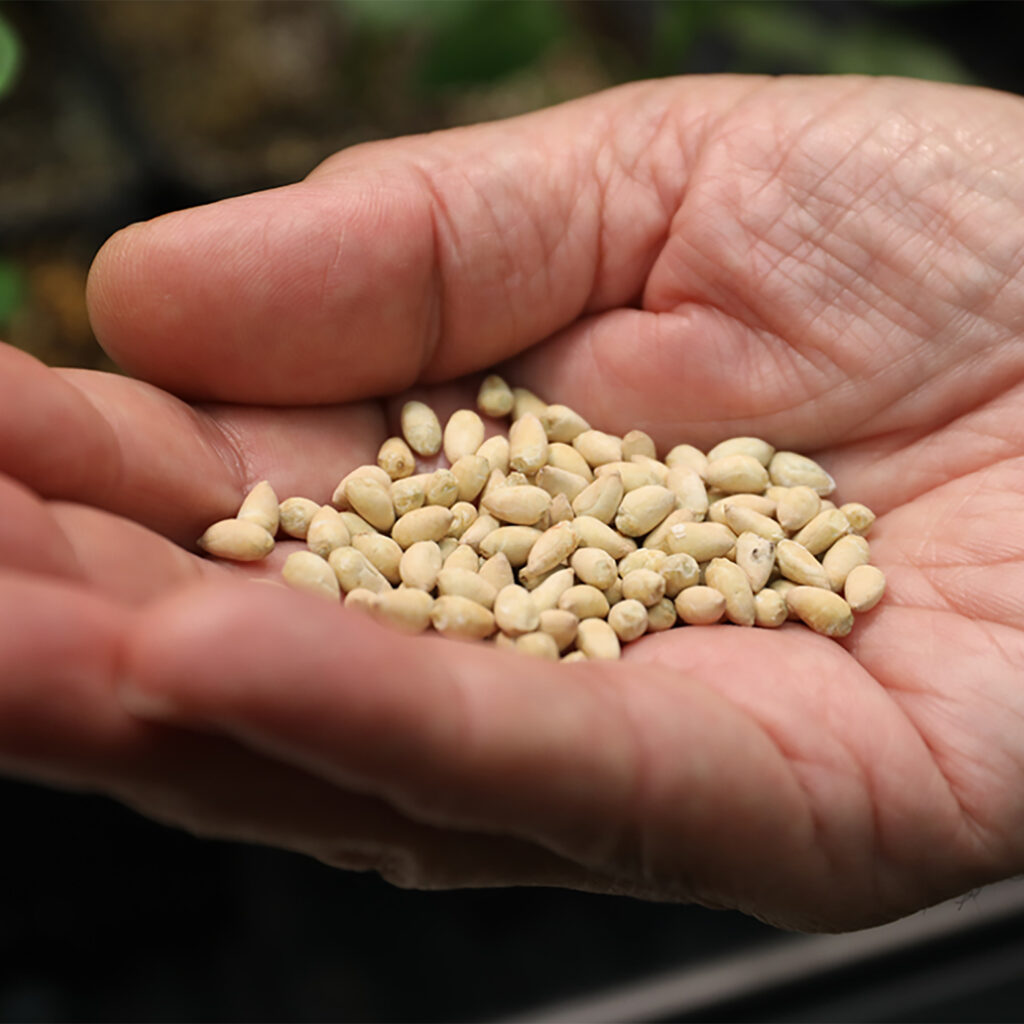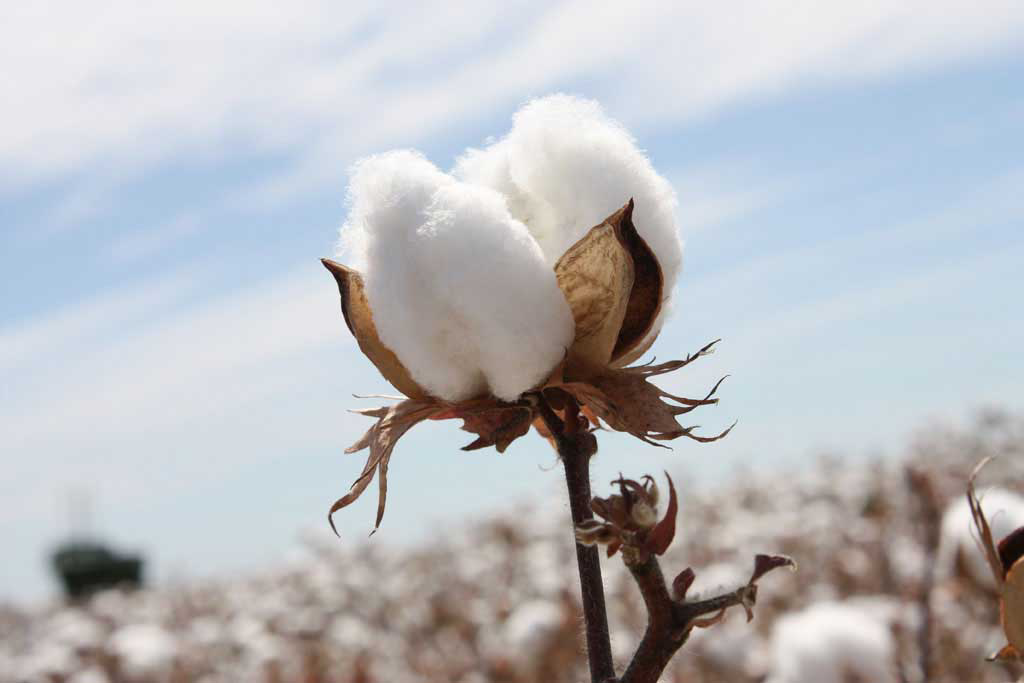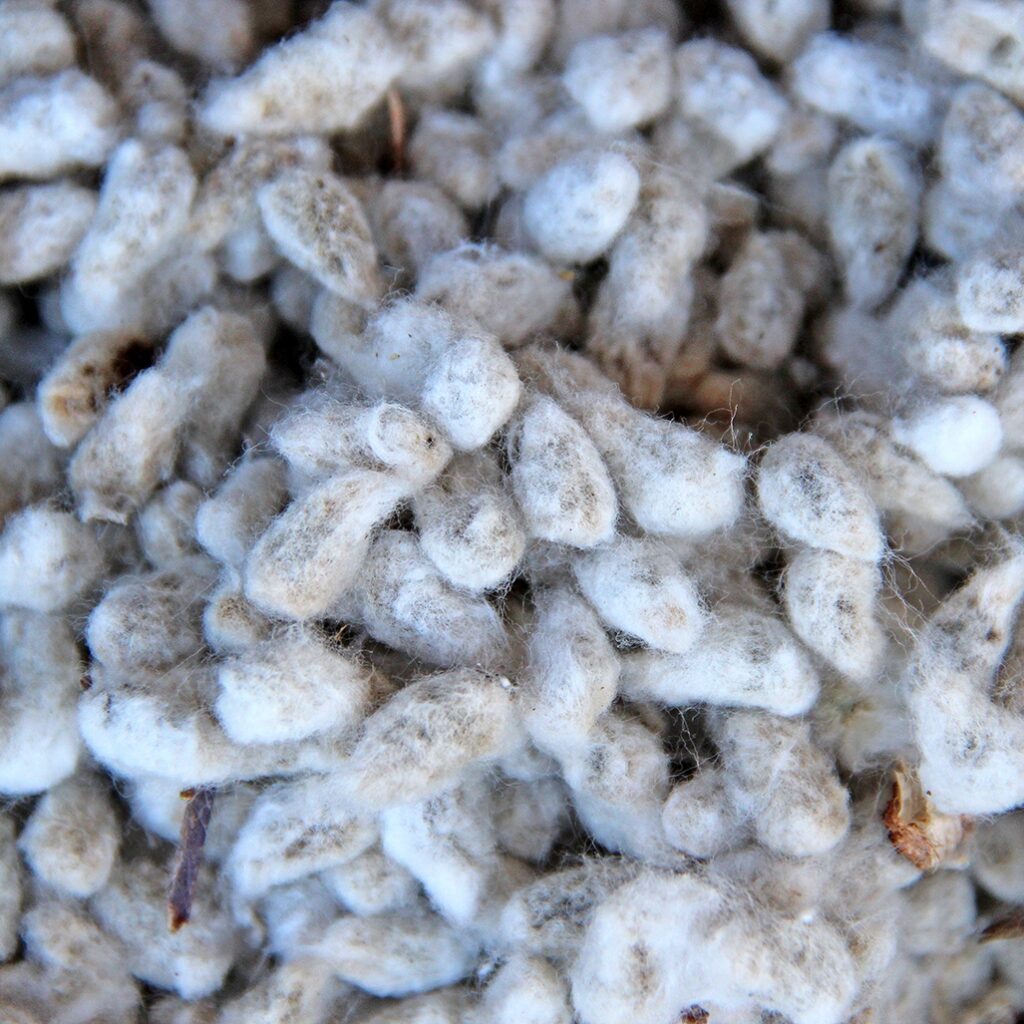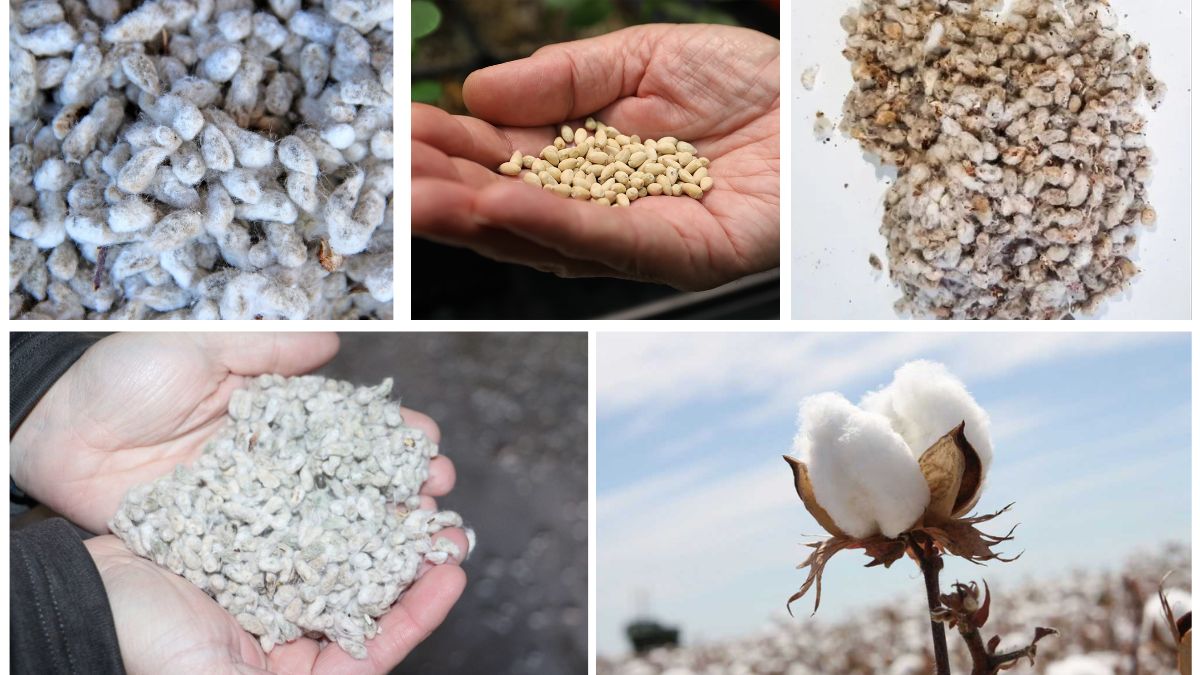Cotton, often called the “white gold” of agriculture, is renowned for its soft fibers used in textiles worldwide. But beyond its fibers lies another equally important product: cottonseed. Cottonseed is a byproduct of cotton fiber production and plays a crucial role in agriculture, industry, and nutrition. It is used for oil extraction, animal feed, and even industrial products, making it a significant global commodity.
But among all the nations producing cotton, which country is the largest cottonseed producer globally? Let’s explore the global cottonseed landscape, top producers, uses, challenges, and the future of this versatile crop.
Understanding Cottonseed and Its Importance

Cottonseed is the seed of the cotton plant (Gossypium spp.). While the fibers are harvested for textile production, the seeds have multiple uses:
- Cottonseed Oil – Extracted from seeds, this oil is used in cooking, margarine, salad dressings, and processed foods.
- Animal Feed – Cottonseed meal and hulls are rich in protein, making them an essential component of livestock feed.
- Industrial Applications – Cottonseed oil is used in soaps, cosmetics, paints, and lubricants.
- Food Products – In some regions, roasted cottonseeds are consumed as snacks or incorporated into confectionery.
Cottonseed contributes significantly to the global oilseed market, providing an alternative to other vegetable oils like soybean or sunflower oil.
Global Cottonseed Production

According to the Food and Agriculture Organization (FAO), the world produces approximately 45–50 million metric tons of cottonseed annually, with production heavily tied to the cultivation of cotton fiber.
The top cottonseed-producing countries include:
- China
- India
- United States
- Pakistan
- Brazil
Among these, China is the world’s largest cottonseed producer, leading in both fiber and seed output.
China – The World’s Largest Cottonseed Producer

China produces about 10–12 million metric tons of cottonseed annually, accounting for roughly 25% of global production.
Why China Leads
- Extensive Cotton Cultivation – China grows cotton on millions of hectares, primarily in Xinjiang, Shandong, and Hebei provinces, which also yields large quantities of seeds.
- Domestic Demand – Cottonseed oil is widely used in cooking, while cottonseed meal feeds the country’s substantial livestock population.
- Advanced Processing Industry – China has invested in modern ginning and oil extraction facilities, maximizing the value of cottonseed.
- Government Support – Policies supporting cotton farmers, subsidies, and research into high-yield varieties bolster production.
Applications of Cottonseed in China
- Cooking Oil – A significant portion of cottonseed is processed into edible oil, complementing soybean and rapeseed oil in the domestic market.
- Animal Feed – Cottonseed meal is a vital protein source for poultry, pigs, and cattle.
- Industrial Uses – Byproducts of cottonseed processing are used in soap production, lubricants, and cosmetics.
Despite challenges such as climate variability and pest infestations, China remains at the forefront of global cottonseed production.
India – The Second Largest Producer

India is the second-largest producer, generating around 8–9 million metric tons of cottonseed annually.
Features of Indian Cottonseed Production
- Major Cotton-Growing States – Gujarat, Maharashtra, Telangana, Andhra Pradesh, and Punjab contribute significantly to cottonseed output.
- Domestic Industry – Cottonseed oil is a staple in Indian households, particularly in rural regions. Cottonseed meal supports the livestock industry, which is vital for dairy and meat production.
- Smallholder Farming – Much of India’s cotton is cultivated by small farmers, making cottonseed an essential part of their income and resource use.
Challenges for India
- Rain-fed Agriculture – Dependence on monsoon rains can affect yields.
- Pests and Diseases – Cotton crops face threats from bollworm, leaf curl virus, and other pests.
- Market Fluctuations – Global cotton prices influence farmer income and seed production indirectly.
India’s combination of favorable climate, extensive cultivation area, and strong domestic demand ensures its position as a leading cottonseed producer.
United States – A Key Producer

The United States produces around 3–4 million metric tons of cottonseed annually, primarily in Texas, Georgia, Mississippi, and Arkansas.
Highlights of U.S. Cottonseed Production
- Mechanized Farming – High efficiency in cotton farming leads to significant seed output.
- Industrial Use – Cottonseed oil is widely used in processed foods, snacks, and industrial applications.
- Exports – The U.S. exports both cotton fiber and cottonseed-derived products to global markets, including Latin America and Asia.
Despite lower volumes compared to China and India, the U.S. excels in high-quality processing and export-oriented production.
Pakistan – Another Major Producer
Pakistan contributes around 2–2.5 million metric tons annually. Cottonseed production is concentrated in Punjab and Sindh provinces, supporting domestic cottonseed oil mills and livestock feed industries.
Features of Pakistan’s Production
- High Domestic Consumption – Most cottonseed is used locally for oil extraction and animal feed.
- Growing Industry – Expansion of cottonseed oil refining plants increases utilization efficiency.
- Challenges – Climate variability, water scarcity, and pest infestations impact yields.
Brazil – South America’s Leading Producer
Brazil produces approximately 1.5–2 million metric tons annually, mostly for cottonseed oil and livestock feed. Cotton cultivation is concentrated in Mato Grosso, Bahia, and Goiás.
Highlights
- Export-Oriented Industry – Brazil exports both cotton fiber and cottonseed byproducts.
- Technological Advancements – Use of improved seed varieties, irrigation, and mechanized farming boosts production.
Brazil, along with Argentina and other South American countries, is emerging as an important player in the global cottonseed market.
Global Cottonseed Trade
Cottonseed and its byproducts play a critical role in global trade, especially in oilseed markets.
- Major Exporters: China, United States, India, Brazil, and Pakistan
- Major Importers: European Union, Southeast Asia, and Middle Eastern countries
Cottonseed oil competes with soybean and sunflower oils in the global market, while cottonseed meal is a valuable protein-rich feed for livestock.
Challenges Facing Cottonseed Production
- Climate Change – Extreme weather, droughts, and irregular rainfall threaten both cotton fiber and seed yields.
- Pests and Diseases – Bollworm, leaf curl virus, and other infestations reduce productivity.
- Market Fluctuations – Prices of cotton fiber affect the volume of cottonseed production.
- Processing Limitations – In some countries, lack of modern oil extraction facilities reduces utilization efficiency.
Addressing these challenges requires investment in technology, research, pest management, and sustainable agricultural practices.
The Future of Cottonseed Production
With rising global demand for vegetable oils, livestock feed, and industrial applications, cottonseed production is poised to grow.
Key Trends
- High-Yield Varieties – Development of cotton plants with more seeds per boll.
- Sustainable Agriculture – Integrated pest management, soil conservation, and efficient water use.
- Value Addition – Expansion of cottonseed oil refining, protein meal production, and industrial applications.
- Emerging Markets – Expansion in Africa and South America to meet global demand.
These advancements indicate a promising future for cottonseed as a versatile and economically important crop.
Conclusion
So, which country is the largest cottonseed producer globally? The answer is China, producing around 10–12 million metric tons annually, followed by India and the United States. China’s combination of large cotton cultivation areas, modern processing facilities, and strong domestic demand ensures its position as the world leader.
Cottonseed is far more than a byproduct of cotton fiber—it is a critical source of edible oil, livestock feed, and industrial raw material. As demand for plant-based oils and protein-rich feed continues to rise, cottonseed production will remain central to agricultural economies, trade, and sustainable food systems worldwide.





